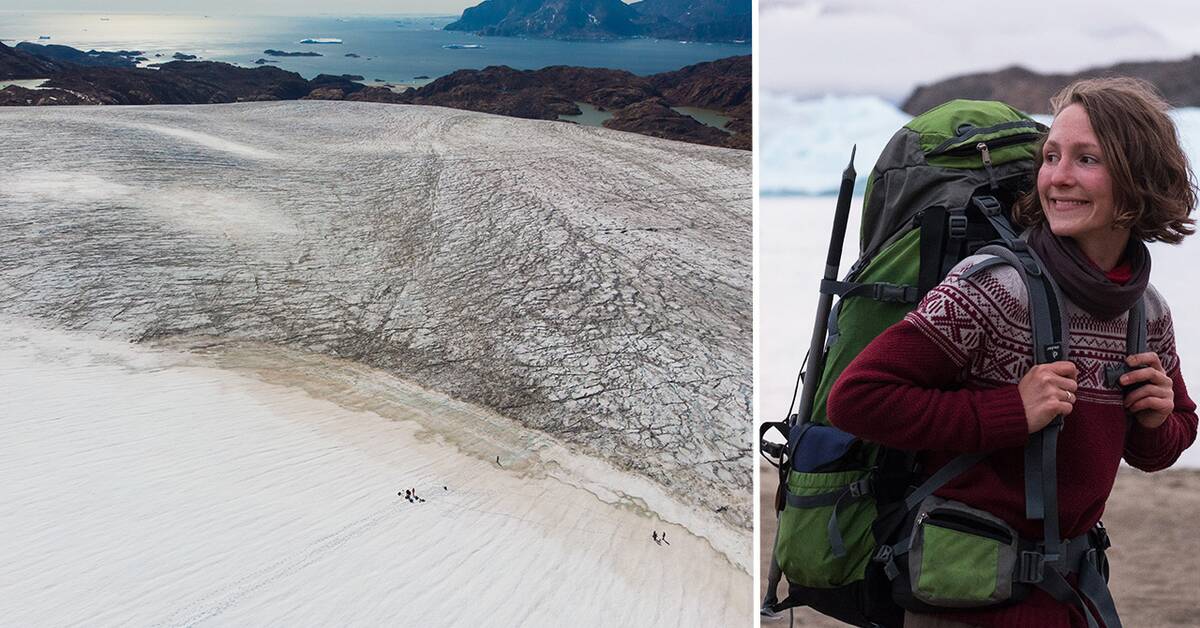Greenland's ice cores have so far shown no clear signs of global warming in the northernmost part of the island.
But the ice cores drilled in 2011 show a dramatic increase in temperature over the previous 15 years, according to the study.
- We continue to observe rising temperatures between the 1990s and 2011, says the study's lead author Maria Hörhold at the German Alfred Wegener Institute.
She continues:
- We now have a clear sign of global warming.
Expected to continue to get warmer
Analyzing data from ice cores takes several years.
Hörhold has new ice cores from 2019, but they have not been fully analysed.
She expects the temperature rise to continue as Greenland's ice sheet and glaciers have been melting at a faster rate recently.
The ice cores drilled from the thick ice sheet are used to make a chart of proxy temperatures for Greenland from the year 1000 to 2011. It shows that temperatures fell slowly for the first 800 years, then went up and down a bit but slowly got warmer until a sharp and sudden rise from the 1990s onwards.
Probably man-made
The rise after 1995 is so much greater than in pre-industrial times before the mid-1990s that, according to Hörhold, the possibility is "almost zero" because it is about something other than climate change caused by humans.

